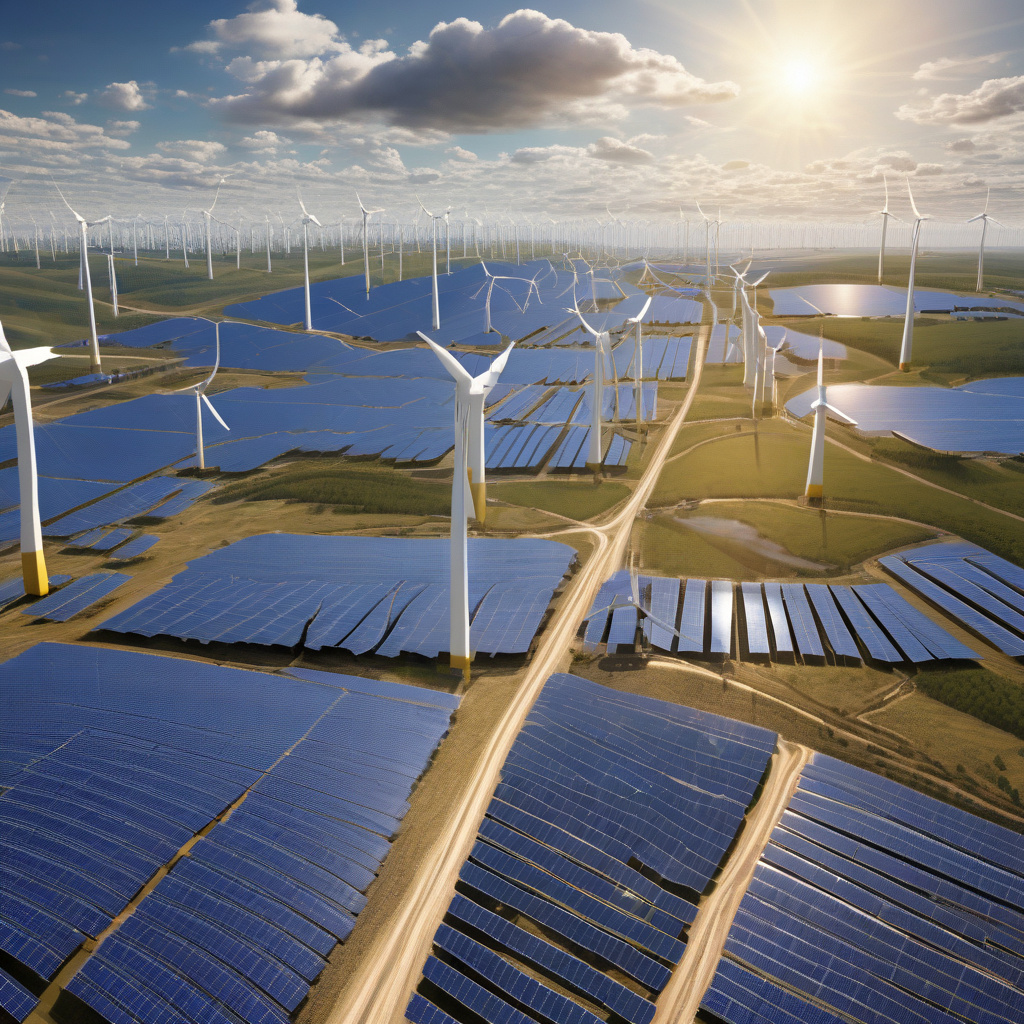Wind and Solar Outshine Coal: A Milestone in Global Energy Production
Renewable energy has generated more electricity than coal for the first time in history, signaling a significant shift in the global energy landscape. Wind and solar power have emerged as frontrunners in the race towards sustainable energy, surpassing coal in terms of power generation. This milestone not only highlights the increasing importance of renewable sources but also underscores the declining relevance of traditional fossil fuels in the modern era.
The transition towards renewable energy sources such as wind and solar power has been fueled by a combination of technological advancements, government incentives, and growing environmental awareness. Countries around the world are increasingly investing in renewable energy infrastructure to reduce carbon emissions and combat climate change. This shift is not only driven by environmental concerns but also by the economic benefits of renewable energy, such as job creation and energy independence.
One of the key advantages of wind and solar power is their abundance and accessibility. Unlike coal, which requires mining and transportation, wind and sunlight are freely available sources of energy that can be harnessed through relatively simple technologies. This makes renewable energy more cost-effective and scalable in the long run, leading to lower electricity prices and increased energy security.
In addition to their environmental and economic benefits, wind and solar power also offer significant potential for innovation and growth. The rapid advancements in renewable energy technologies have made it possible to generate electricity more efficiently and sustainably than ever before. For example, floating solar panels and offshore wind farms are pushing the boundaries of renewable energy production, opening up new possibilities for clean energy generation.
Furthermore, the increasing integration of renewable energy sources into the existing power grid is paving the way for a more flexible and resilient energy system. By combining wind and solar power with energy storage technologies such as batteries, countries can ensure a stable and reliable electricity supply, even during periods of low renewable energy generation. This transition towards a more decentralized and diversified energy grid is crucial for meeting the growing energy demands of the future.
Despite the remarkable progress of wind and solar power, there are still challenges that need to be addressed to fully realize their potential. Issues such as intermittency, grid integration, and energy storage remain key areas of focus for researchers and policymakers. However, ongoing innovations in these areas, such as smart grid technologies and advanced energy storage solutions, are steadily overcoming these challenges and making renewable energy an increasingly viable and attractive option for power generation.
In conclusion, the recent milestone of wind and solar power outperforming coal in global electricity generation marks a significant turning point in the transition towards a more sustainable energy future. As countries continue to prioritize renewable energy investments and policies, the dominance of wind and solar power is expected to grow even further in the coming years, reshaping the global energy landscape for the better.
renewableenergy, windpower, solarenergy, globalshift, sustainability












